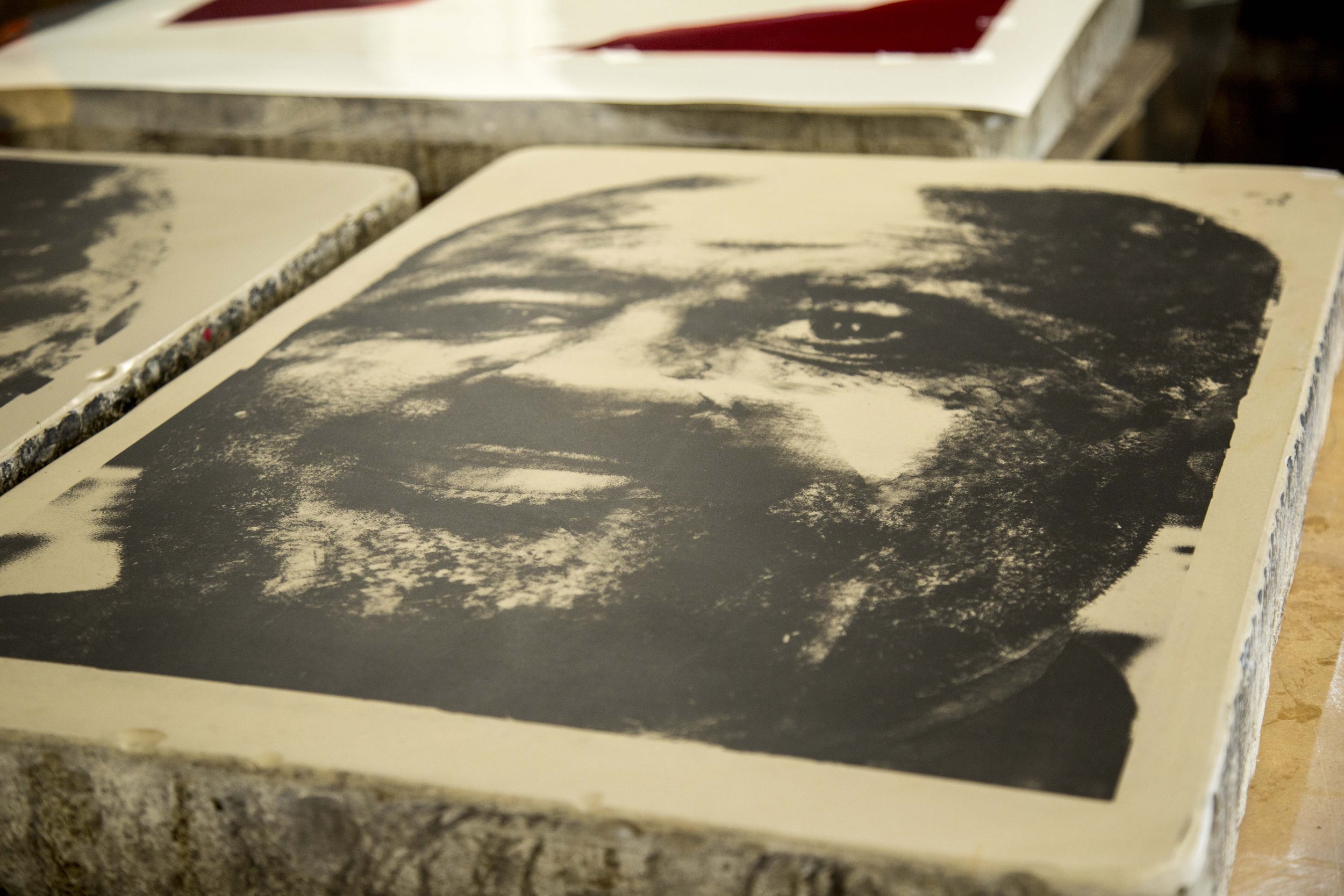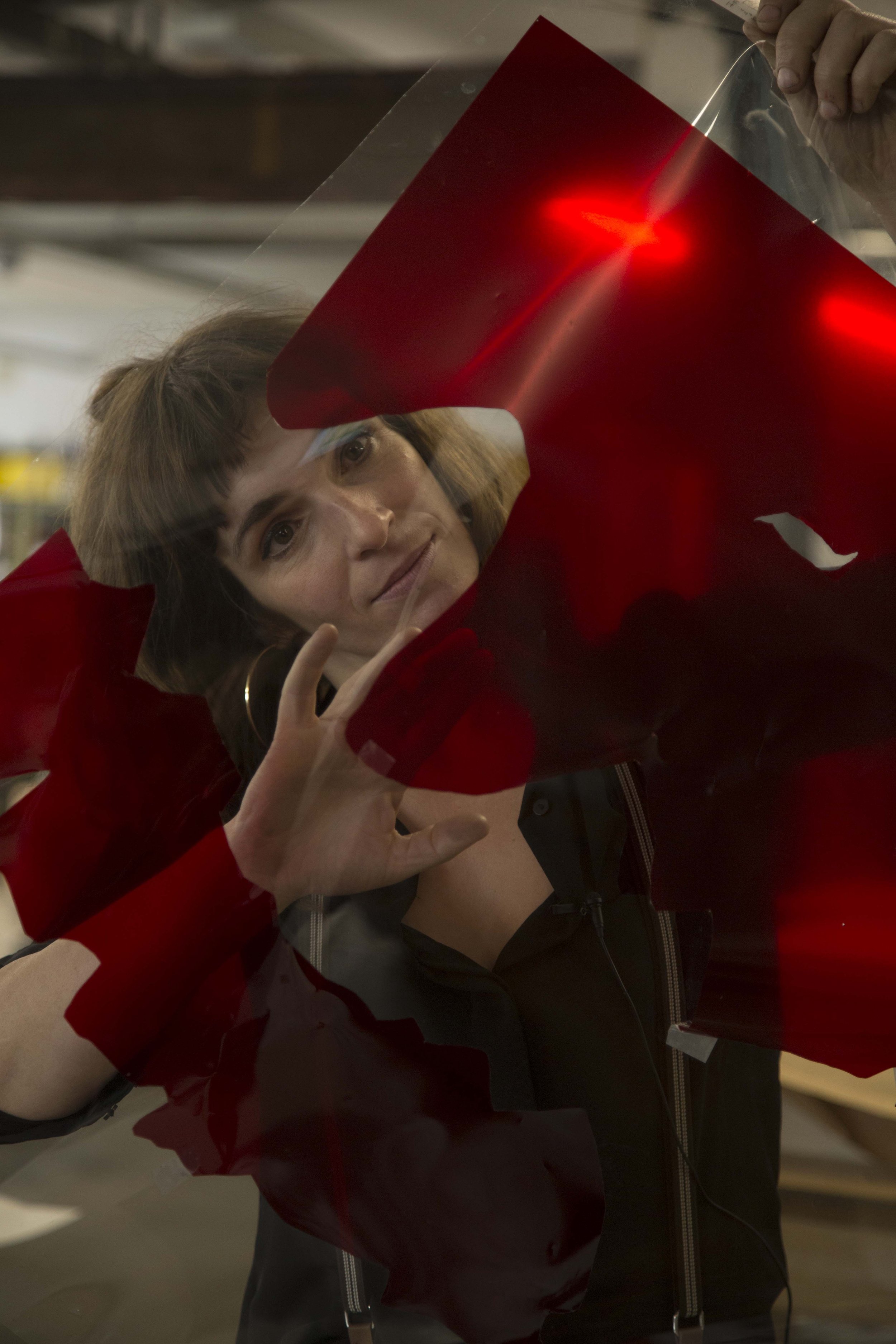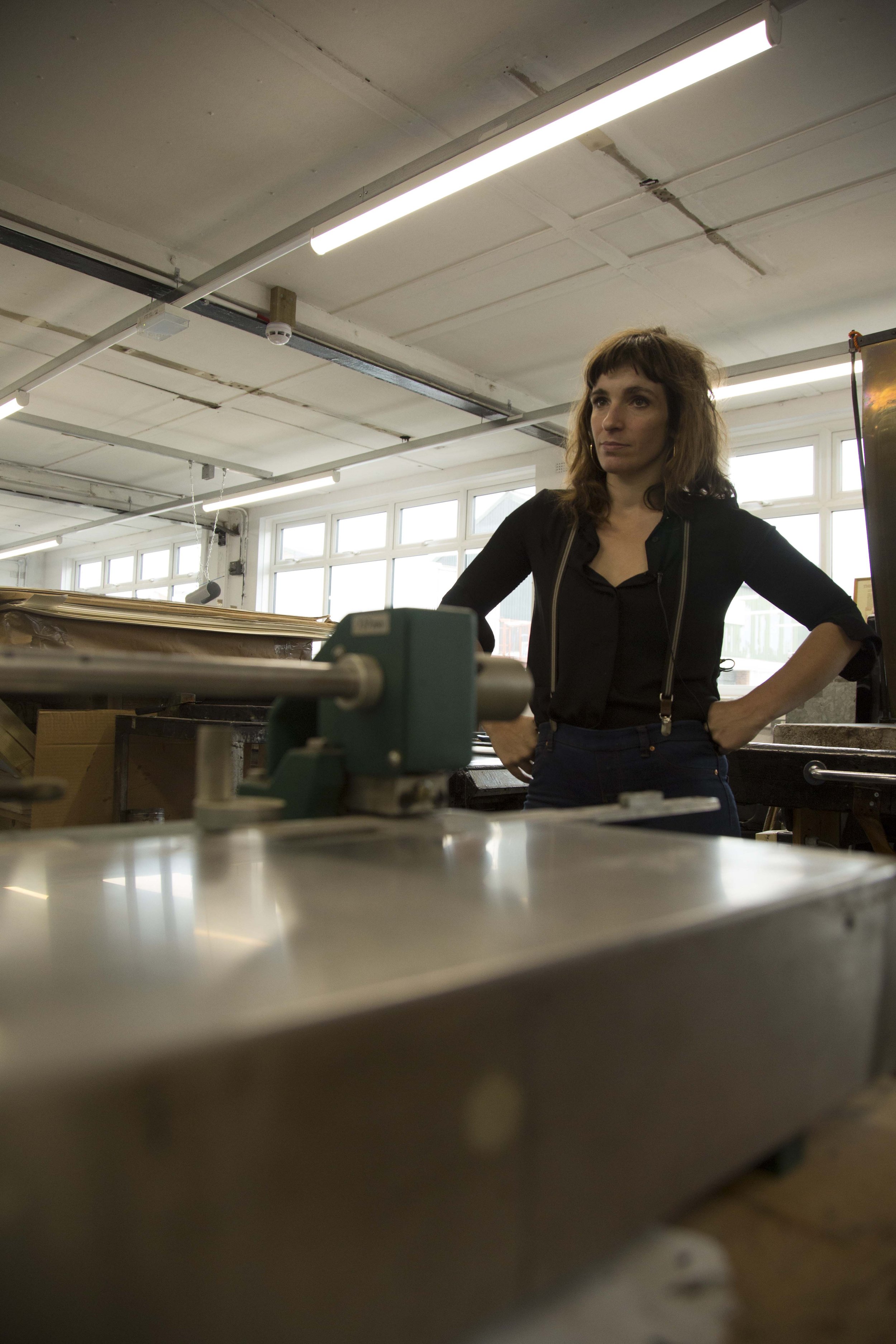FAREWELL ROCK
This project reconnected with Welsh roots through being awarded the Josef Herman Foundation Cymru Studio Residency at London’s Curwen studio specializing in lithography. The remit was to take inspiration from the work of Josef Herman – a Polish émigré artist who settled in the coal mining village of Ystradgynlais in the 1940s and created a body of work that portrayed the landscape and people. His ‘Notes from a Welsh Diary’ became a starting point to examine the very different contemporary landscape of industrial decline and recovery. The mission was to find miners leading to a tour of working men’s clubs, welfare halls and CISWO (Coal Industry Social Welfare Organisation) coffee mornings, meeting people whos lives have been formed and scarred by this fossil fuel.
Help from the National Union of Mineworkers led to of the last working coal mines of South Wales, taking the photographs that would then become the stone lithograph and lithographic portrait series ‘Farewell Rock: The Last Miners of South Wales.’ When a miner is injured the presence of coal dust in the wound creates blue scars. They call it ‘being mapped.’ These portraits are also maps – layered coal faces produced through the processes of stone and offset lithography and printed using coal dust. Farewell Rock is the band of sandstone that lies below the coal measures. Once reached it signals ‘a farewell to riches’ and the end of coal – fitting as the last open cast mines in the region are mothballed and the colliery faces an uncertain future.
The prints have been exhibited throughout Wales and beyond, standing sentry over Cardiff’s as they occupied the boarded up windows of Merchant Place in the city’s former coal quarter as part of Ffotogallery’s Diffusion Festival, in the National Museum of Wales and selected for the National Original Print Exhibition and Wales Contemporary.


Glimpse behind the scenes of the production of the Farewell Rock project and one of the last coal mines in South Wales.























































